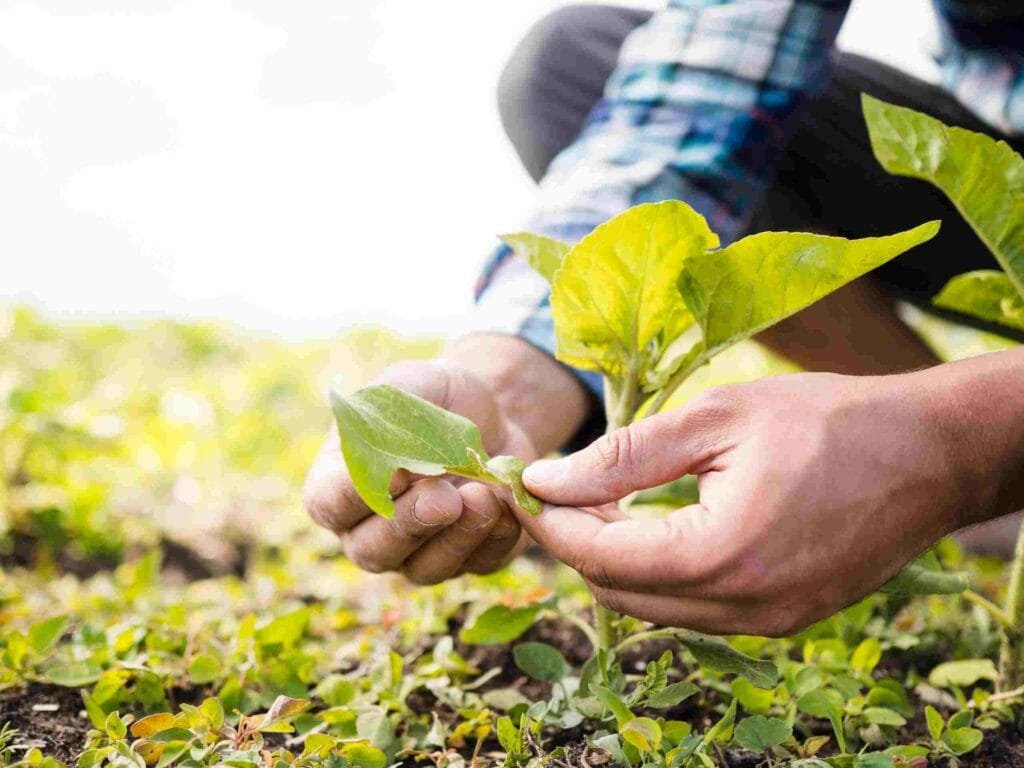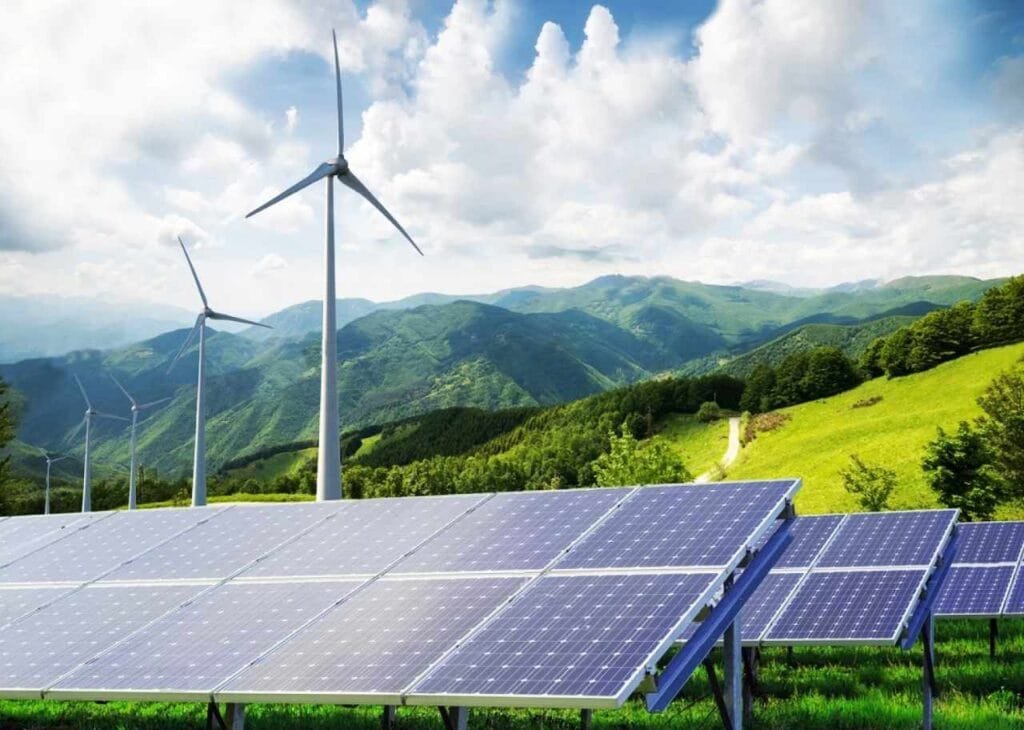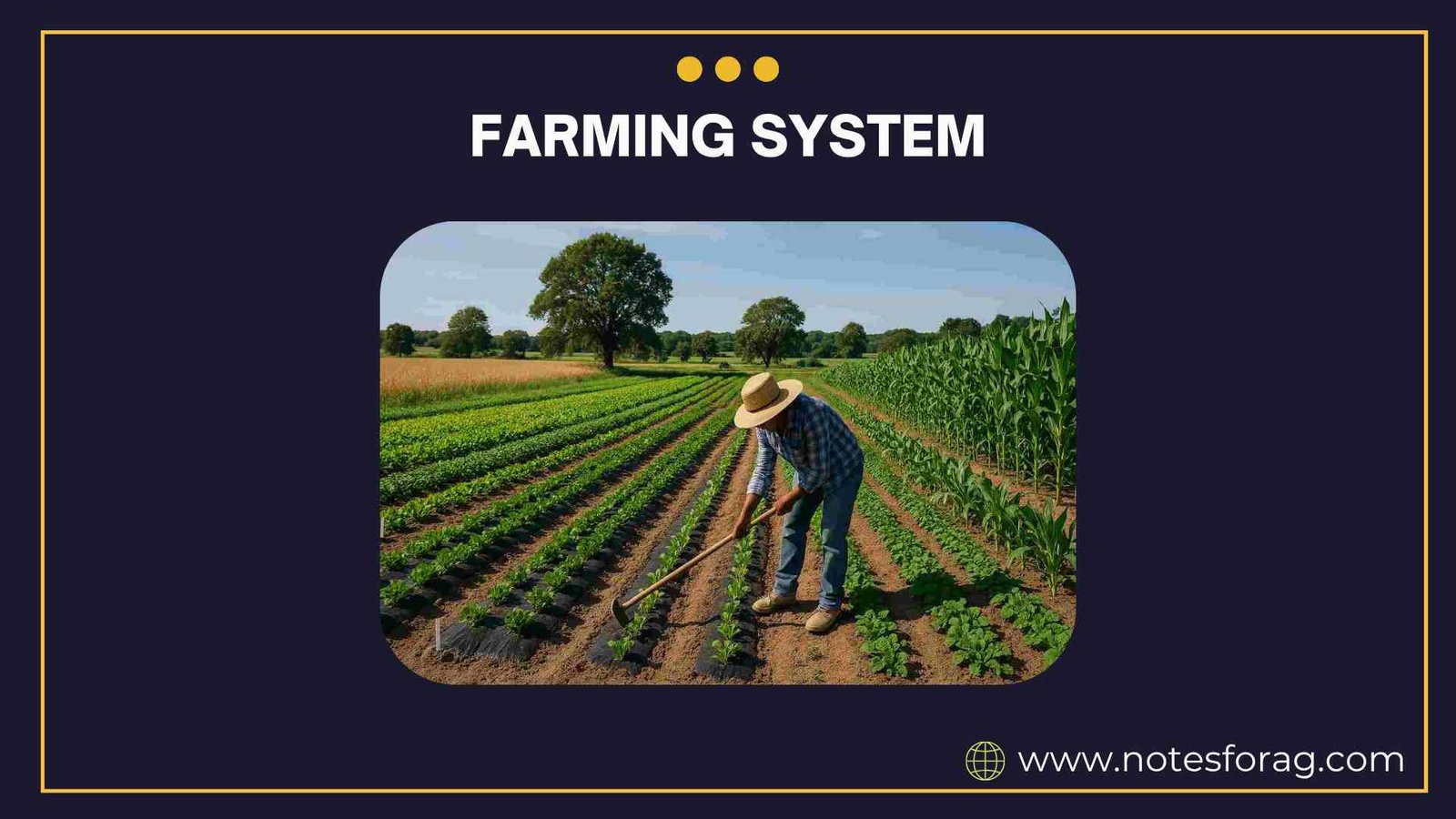1. Introduction to Farming Systems and Sustainable Agriculture

Farming systems and sustainable agriculture form the foundation of food production and environmental stewardship across the globe. These approaches emphasize not only increasing productivity but also ensuring that farming practices do not degrade the land, water, or biodiversity. As populations grow and climate challenges intensify, the need for agricultural methods that are productive, adaptive, and environmentally sound has become more urgent than ever.
A farming system is a combination of physical, biological, and social resources that farmers use to manage crops, livestock, forestry, and other activities. It is shaped by local conditions, including soil type, climate, topography, and socioeconomic factors. Sustainable agriculture aims to meet current food and fiber needs without compromising the ability of future generations to meet theirs. It involves practices that are ecologically sound, economically viable, and socially just.
This content explores various farming systems traditional and modern and their role in sustainable agriculture. It examines how integrating ecological principles into agriculture can help ensure long-term productivity while conserving resources and supporting farmer livelihoods. Understanding and adopting sustainable farming practices is key to building resilient agricultural systems that can thrive in an uncertain future.
Table of Contents
2. Concept of Farming System
2.1 Definition and Meaning
The farming system is a holistic approach to managing farm resources and operations. It includes crops, livestock, labor, technology, capital, and the environment, functioning together as a unit to meet the farmer’s goals. Each farming system is adapted to local conditions and available resources, and it reflects the choices and strategies of individual farmers or communities.
2.2 Types of Farming Systems
2.2.1 Subsistence Farming
This system is primarily for self-consumption. Farmers grow crops and rear livestock mainly to feed their families with little or no surplus for trade. It is common in rural and underdeveloped regions.
2.2.2 Commercial Farming
This type of farming is profit-oriented. It involves large-scale production of crops or livestock for sale in local or international markets, often using advanced technology and capital investment.
2.2.3 Mixed Farming
Mixed farming integrates crop cultivation with livestock rearing on the same farm. It helps reduce risk and ensures better use of resources like land and labor.
2.2.4 Organic Farming
Organic farming avoids synthetic chemicals and relies on natural inputs and techniques such as composting, green manuring, crop rotation, and biological pest control. It is environmentally friendly and focuses on sustainability.
2.2.5 Integrated Farming
Integrated farming combines different agricultural enterprises such as crops, livestock, fish, and poultry in a coordinated way to maximize resource use and income while maintaining ecological balance.
3. Principles of Sustainable Agriculture

3.1 Resource Conservation
Sustainable agriculture promotes the conservation of soil, water, and biodiversity. Techniques such as cover cropping, minimum tillage, agroforestry, and efficient irrigation are used to protect resources.
3.2 Economic Viability
Farm practices must be profitable to ensure their long-term adoption. Sustainable systems focus on reducing input costs, improving yield stability, and enhancing market access.
3.3 Social Equity
Sustainable agriculture supports the well-being of farming communities. It emphasizes fair wages, gender equality, food security, and inclusive participation of smallholders and marginalized groups.
3.4 Ecological Balance
By mimicking natural processes and cycles, sustainable agriculture maintains ecological harmony. It reduces reliance on synthetic chemicals and fosters biological interactions that control pests and improve fertility.
4. Components of a Sustainable Farming System
4.1 Soil Health Management
Practices like crop rotation, organic amendments, and reduced tillage help build and maintain soil structure, fertility, and microbial activity.
4.2 Water Conservation
Efficient irrigation methods like drip and sprinkler systems, along with rainwater harvesting, reduce water waste and improve crop productivity.
4.3 Crop Diversification
Growing multiple crops or rotating crops helps reduce pest cycles, enrich the soil, and provide resilience to market and climate changes.
4.4 Livestock Integration
Incorporating animals into the farm system offers manure for fertilizer, improves nutrient recycling, and adds income sources.
4.5 Use of Renewable Energy

Utilizing solar panels, biogas, or wind power on farms reduces dependency on fossil fuels and supports environmental sustainability.
4.6 Pest and Disease Management
Using integrated pest management (IPM), biological control, and organic methods reduces chemical use and supports long-term crop health.
5. Role of Technology in Sustainable Agriculture
5.1 Precision Farming
This involves the use of GPS, sensors, and data analytics to optimize input use and maximize efficiency and yields.
5.2 Mobile Apps and ICT Tools
Farmers can access weather updates, market prices, and best practices via smartphones, improving decision-making and reducing risks.
5.3 Biotechnology
Advanced breeding techniques and genetically modified crops help increase resistance to pests, diseases, and harsh climates.
6. Policies and Institutional Support
6.1 Government Schemes
Policies like subsidies for organic inputs, crop insurance, and rural infrastructure development support sustainable agriculture.
6.2 Extension Services
Agricultural extension services provide training, guidance, and technical support to farmers adopting sustainable practices.
6.3 Farmer Producer Organizations (FPOs)
FPOs help smallholders collectively access inputs, markets, and training, enhancing their economic strength and sustainability.
7. Benefits of Sustainable Agriculture
7.1 Environmental Protection
Reduces pollution, conserves biodiversity, and promotes soil and water health.
7.2 Economic Resilience
Minimizes dependency on expensive external inputs and stabilizes farm income.
7.3 Social Upliftment
Strengthens rural communities by creating jobs, improving nutrition, and promoting equity.
8. Challenges and Barriers
8.1 Lack of Awareness
Many farmers are unaware of sustainable practices or mistrust new methods.
8.2 High Initial Costs
Transitioning to sustainable systems may require investments that small farmers cannot afford.
8.3 Market Limitations
Lack of demand or price premiums for sustainably produced goods can discourage adoption.
9. Conclusion
Sustainable agriculture and diverse farming systems are the foundation of a secure and resilient food future. By harmonizing traditional wisdom with scientific innovation, they create a framework that supports environmental preservation, economic viability, and social justice. As global demand for food increases and natural resources dwindle, it becomes critical to shift from exploitative farming models to sustainable systems that regenerate rather than degrade.
One of the greatest strengths of sustainable agriculture lies in its adaptability. From integrated farming and organic methods to conservation practices and renewable energy adoption, it provides a toolkit that can be customized to local ecological and economic conditions. These methods not only boost productivity but also make farms more resilient to climate change, pests, and market fluctuations.
Equally important are the policy frameworks and institutional support structures that promote these systems. Government incentives, extension services, and farmer cooperatives play a vital role in helping farmers transition from conventional to sustainable practices. With the right education and market access, even smallholders can thrive in this model.
However, challenges remain. Many farmers lack awareness or capital to adopt sustainable techniques. Market demand for organic or sustainably grown produce is still limited in many regions, and technological access remains uneven. Addressing these barriers through inclusive education, affordable technologies, and robust market linkages is essential.
In conclusion, sustainable farming is not just a method it’s a movement. It promotes harmony between people, planet, and profit. If embraced widely, it can transform agriculture into a solution for global hunger, climate change, and rural development. The future of farming lies in systems that are productive, adaptive, and sustainable.
Frequently Asked Questions (FAQs)
What is a sustainable farming system?
A sustainable farming system maintains farm productivity while conserving natural resources and protecting the environment. It balances ecological health, economic viability, and social well-being, using both traditional knowledge and modern technology for long-term farming success.
How does organic farming support sustainability?
Organic farming avoids synthetic chemicals and relies on natural methods like composting and crop rotation. These practices improve soil health, reduce pollution, and promote biodiversity, making farming more environmentally friendly and sustainable over time.
What are the key components of sustainable agriculture?
Sustainable agriculture includes soil conservation, efficient water use, crop diversification, renewable energy, and integrated pest management. Together, these components help preserve resources, enhance farm resilience, and promote ecological balance for long-term productivity.
Related Articles

